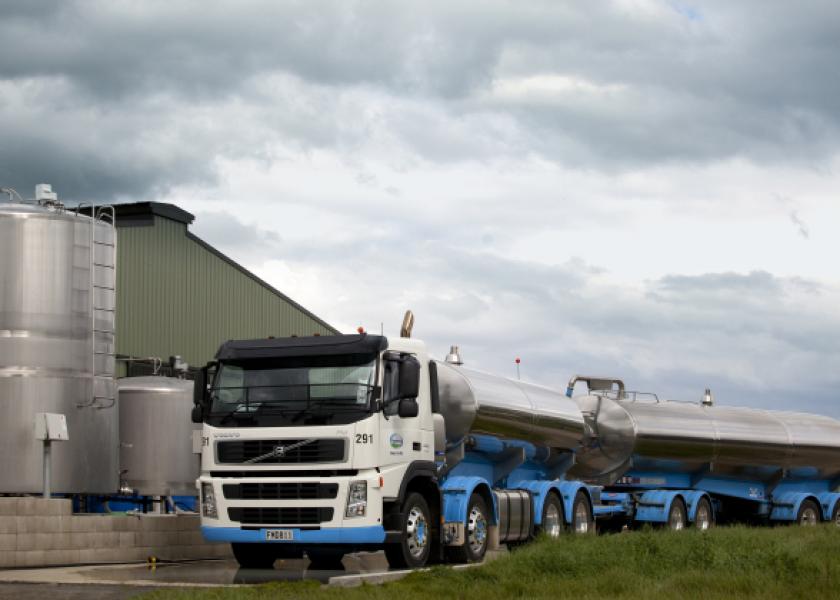Fonterra Pilot Program to Give Farmers Milk Price Certainty

Members of the New Zealand dairy co-op can lock in a milk price for up to 75% of their milk supply.
Source: Fonterra
Fonterra, the New Zealand-based dairy giant, is piloting a new "Guaranteed Milk Price" (GMP) scheme that will provide farmers with the opportunity to have more certainty in their milk price.
The pilot will mean farmers can choose to lock in a milk price announced at the beginning of a season for up to 75 per cent of their milk supply.
Fonterra’s Managing Director of Group Optimisation and Supply Chain, Ian Palliser says the past few years have confirmed that volatility in commodity prices is here to stay.
"We recognise that every farming business is different," says Palliser. "And while most farmers can live with the market volatility, there are times when some farmers would prefer more certainty as it would help them manage their own farming businesses.
"Certainty can be particularly important for farmers at times when they are considering investing in new equipment, expanding or undertaking a new conversion," he adds. "It’s a bit like having a fixed interest rate on your mortgage versus a floating rate. It enables you to know exactly where you stand with a percentage of your production and this can help with future planning."
As well as providing farmers with the certainty they are looking for, GMP also has benefits for the co-op, says Palliser. "That’s because we know what a certain proportion of our milk will cost us for the season and this in turn provides us with another selling tool when talking to our customers, some of whom are also looking for price certainty," he says.
Fonterra will run the pilot for the 2013/2014 season with interested farmers who will have a proportion of their production set at the opening milk price, which will be announced in May.
Like converting from a fixed to floating interest rate on a mortgage, there will be a break fee for any farmer who decides to revert back to the normal milk price system during the season.
Palliser says that the pilot would ideally involve around 200 farmers throughout the country, at different stages of their farm operations and with varying herd sizes.
"We will monitor the pilot over the next season and provide feedback to all shareholders on the benefits and the risks," Palliser says, "and this way farmers can see if it is something that might suit them in the future."







